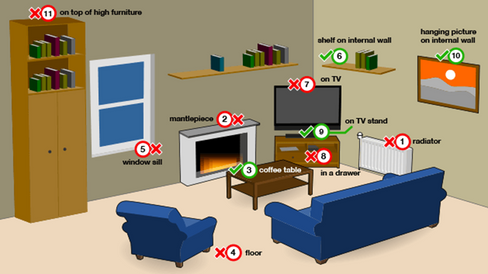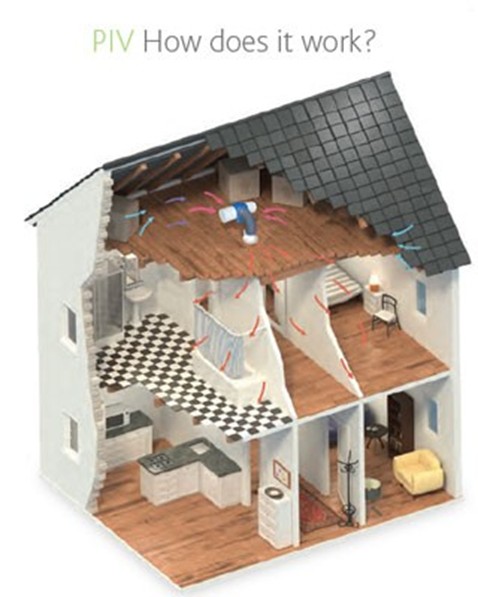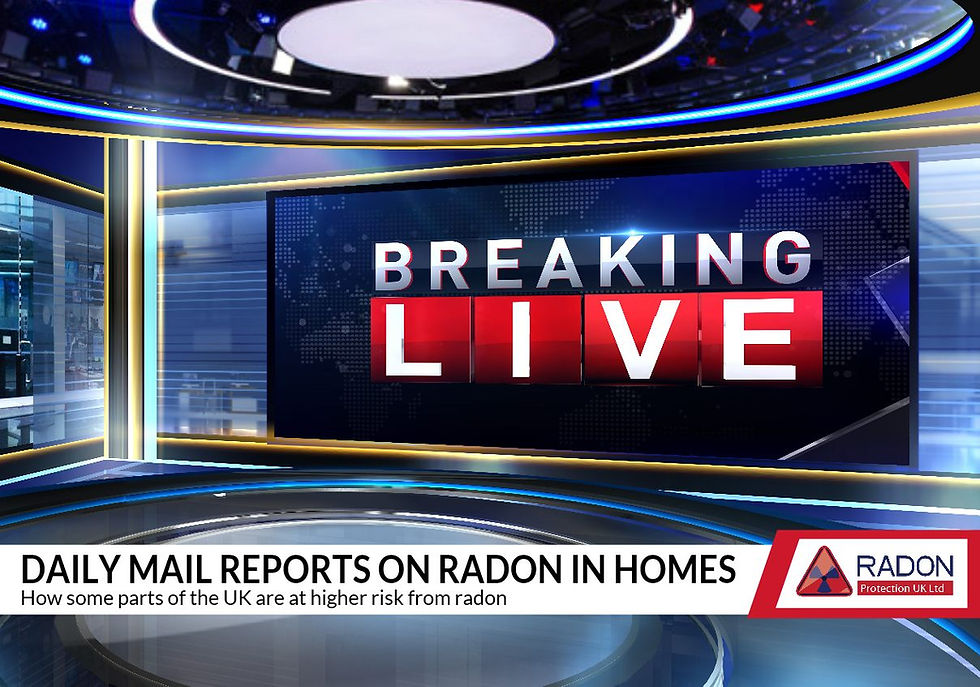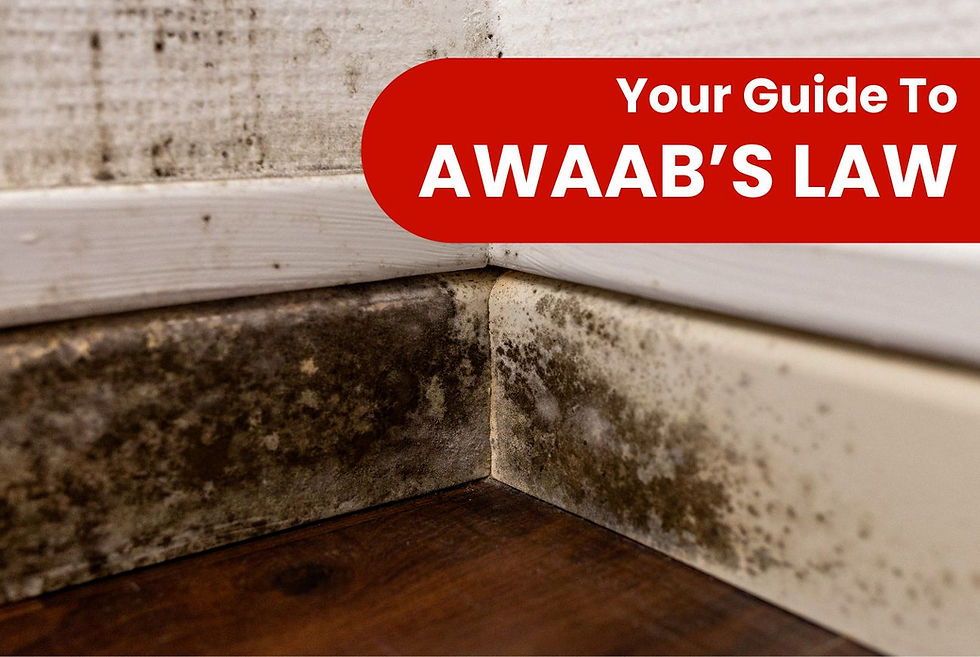What Every UK Homeowner Should Know About Radon Gas
- Radon Protection UK

- Sep 18
- 4 min read
Radon is a hidden threat that every UK homeowner and tenant should be aware of. Colourless, odourless and invisible, radon gas quietly seeps into homes from the ground. Though often low, levels can be dangerously high—yet easily overlooked. Understanding radon testing, mitigation, and prevention is essential to protect your household. This guide explains all the essentials in clear, expert terms.
What is radon gas?
Radon is a naturally occurring radioactive gas that comes from the decay of uranium in soil and rock. You cannot see, smell, or taste it—only testing will reveal its presence.
Radon is formed underground but can enter homes through cracks in floors, gaps around pipes, and porous surfaces.- Average indoor levels are around 20 Bq/m³, compared to about 4 Bq/m³ outdoors (UK Health Security Agency).- The UK HSE and UKHSA clearly define radon as a stealth hazard due to its undetectable nature without instruments (HSE).

Why is radon dangerous for UK homeowners?
Breathing radon over time increases the risk of lung cancer. In the UK, radon is the second leading cause of lung cancer after smoking, responsible for around 1,000–1,100 deaths annually.
Radon decays into radioactive particles that damage lung tissue when inhaled.- Nationwide, radon contributes to approximately 1,100 lung cancer deaths per year (GOV.UK).- Smokers and ex‑smokers face significantly greater risk when combined with radon exposure.
How do I know if my home has high radon levels?
Check if your property is in a “radon Affected Area” using the UK Radon Map. Next, arrange radon testing—usually a small DIY kit left in key rooms for three months.
1. Check:- Use the updated UK Radon Map, jointly published by UKHSA and the British Geological Survey (BGS).- Darker areas on the map indicate higher probability—e.g. over 1 in 3 homes may exceed unsafe levels (UK Radon Map).
2. Measure:
· Order a radon testing kit directly from Radon Protection UK and place detectors in the living room and bedroom for 3 months.
· Seasonal adjustments are applied to determine the annual average concentration.
3. Interpret results:
· If the annual average is 200 Bq/m³ or above, remedial action is strongly advised.
· Levels between 100 and 200 Bq/m³ should still be addressed where possible.
*(Diagrams show optimum placement for Radon Test Kits)
What are the UK guidelines for radon safety?
UK guidance defines two key thresholds: the Target Level (< 100 Bq/m³) and the Action Level (200 Bq/m³) (UK Health Security Agency). Action is advised above the Action Level, with reduction encouraged when above the Target Level.
Action Level (200 Bq/m³): Threshold above which remedial action is required in existing homes.- Target Level (< 100 Bq/m³): Recommended goal when reducing radon—reducing levels below this enhances safety.- The Government integrates radon mapping into building regulations; new builds in affected zones require radon preventive measures.
What can homeowners do to reduce radon gas?
If your home has high radon, effective remedies include installing a radon sump, improving ventilation, or installing Positive Input Ventilation (PIV). These methods can significantly lower indoor radon levels.
Common mitigation methods
Radon sump:
An active radon sump is the most effective way to reduce indoor radon levels drawing radon from beneath the property. A pipe and fan system vents it safely outside, usually above roof level.
Positive Input Ventilation (PIV):
Introduces filtered fresh air at a continuous low rate to reduce radon concentration.
Other simple actions:
Sealing cracks in floors and foundations.
Adding or upgrading ventilation bricks and air vents.
Loft-mounted fans to boost air circulation
Step by step for homeowners
1. Contact a professional radon consultant: Radon Protection UK.
2. Identify the most suitable solution (e.g. radon sump or PIV).
3. Install mitigation system by qualified radon engineers/ technicians.
4. Retest to confirm reduced levels.
5. Service your radon system and continue monitoring periodically.
FAQ
Q: Is radon common in UK homes?A: Radon is present everywhere, but high levels are more likely in designated radon Affected Areas. Use the official UK Radon Map to check your risk.
Q: How much does radon testing cost?A: Testing kits from Radon Protection UK typically cost £50-£100. Full mitigation solutions vary from several hundred to a few thousand pounds.
Q: Can I install a radon sump or PIV myself?A: Major mitigation systems should be installed by professionals to ensure effectiveness and compliance with UK standards.
Q: How long does radon mitigation take?A: Most systems work immediately and are usually installed within a day. Retesting should follow around 2-4 weeks after installation to verify successful reduction.
Q: What if I’m selling my property?A: Radon status is included in property searches and conveyancing. Testing and mitigation proof can add transparency and buyer reassurance. A radon bond can also be arranged through the buyer and sellers solicitor
Radon gas is a silent yet significant health risk in UK homes—but it’s one you can control. The key steps are: Check your risk, Test your home, and Take action if needed.
Radon Protection UK offers UK Health Security approved testing kits and professional radon mitigation services tailored to UK properties. Don’t leave your family’s health to chance.Order your testing kit today or contact us for a consultation.














Comments